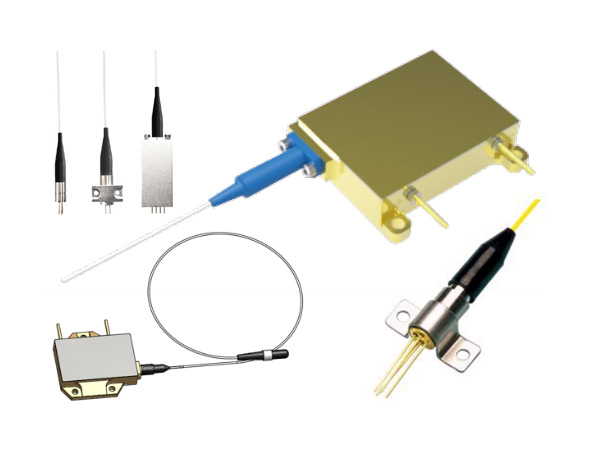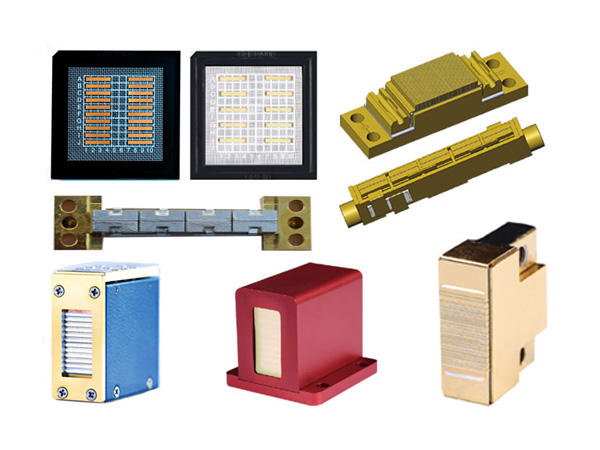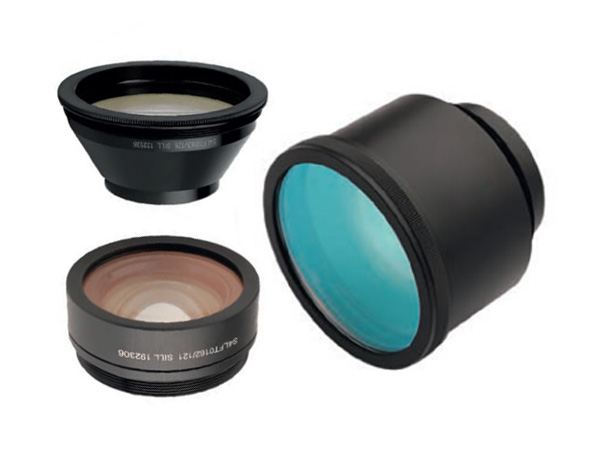CO2 Laser Cutting
Acrylic cutting: Max cutting of acrylic is 0.75 inch (18mm) in one pass using 100W laser and 1.25 inch (31mm) using 200W laser. High air-flow can result a frost edge while preventing from flaming. For thin material, dual head is a good decision for increasing the production volume.
Modeling: Thin acrylics, mat-board and wood are materials of choice. Vector cutting and scoring from CAD software are very common. Our unique feature of power/speed control is much better than other machines. And it is critical for architectural customers.
Plastics cutting: Aside from the very thin (less than .030") do not bother cutting polycarbonates (lexan). The edges will always be brown/yellow, and it produces hydrochloric acid during the cutting, which will eat up everything inside the laser and in the exhaust system. This is the same problem with PVC. ABS seems to work fine, as does polyester.
Wood / MDF /Plywood: About the thickest wood, the 100W can cut 0.75 inch and 200W can cut1 0.25 inch depending on the wood. 100W is ideal for cutting 6mm MDF board for decoration items. 100W has only limited capabilities to cut plywood of 0.75 inch for steel rule dies. For wider cut width, parallel cut is easier to get and control the width required. 200W can cut almost two times faster than 100W. The cuts are not straight enough unless power is sufficient.
Membrane switch: Thin polyesters, adhesives and polycarbonate are common. 40W is the machine suited best to this application.
Fabrics / Embroidery: Low volume applications are fine. Stacking of material when cutting makes for inconsistent and typically brown edges. Many materials stick together when stack cutting (plastic based materials). Cotton/denim are great. 40W or 60W are the machines suited better to this application.
Paper/Foils Converting: Web converting applications include slitting, perforating, kiss-cutting, and scoring of paper products, foils, membranes or composites. These materials can be precisely cut or marked at high production speeds. Laser systems set up quickly between jobs, eliminating the time and expense of die and tooling changeovers.
Bad Applications
The materials listed below are not applicable. They are a waste of time.
‧bricks
‧rocks or stones
‧glass
‧thick polycarbonate-thicker than 0.030 inch
‧hard PCB (circuit boards)
‧No metals of any kind can be cut cleanly-very thin (0.003 inch or less) can be cut sometimes, but the edge is terrible.
 English
English Français
Français Deutsch
Deutsch euskara
euskara Русский язык
Русский язык Italiano
Italiano Português
Português Nederlands
Nederlands Polski
Polski Greek
Greek Lietuva
Lietuva Türkçe
Türkçe 日本語
日本語 한어
한어 中文
中文 தாமில்
தாமில் فارسی
فارسی हिंदी
हिंदी Tiếng Việt
Tiếng Việt ภาษาไทย
ภาษาไทย Pilipino
Pilipino Indonesia
Indonesia தாமில்
தாமில்





